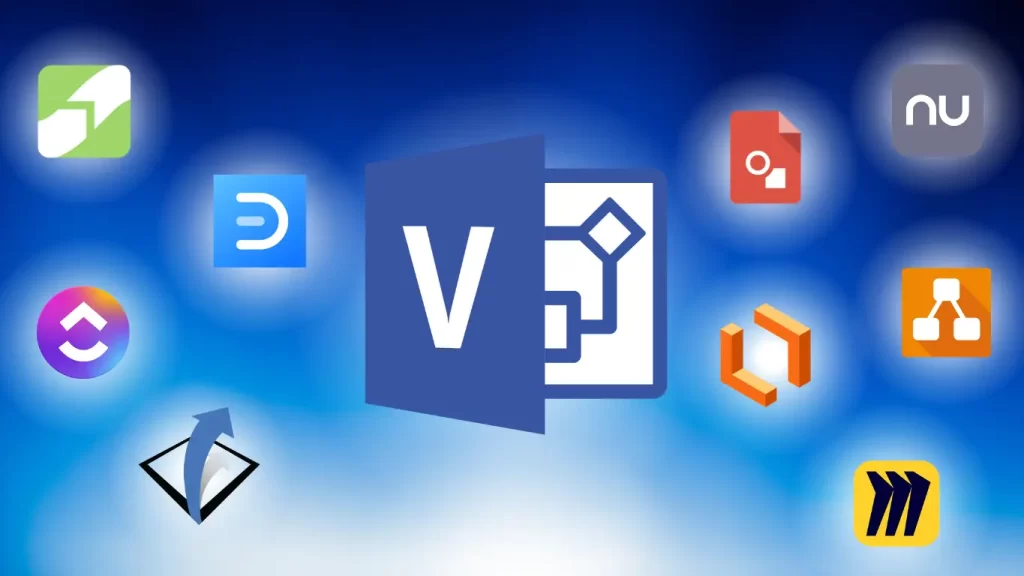Why Visio falls short for BPM: Exploring Superior Alternatives

In the realm of business process modeling and notation (BPMN), the choice of tools can significantly impact the efficiency and effectiveness of process mapping and governance. While Visio has long been a popular choice for diagramming and visualization across various domains, it falls short in meeting the specific needs and complexities of organizations today. In this article, we will delve into the limitations of Visio for and explore alternative solutions that offer superior capabilities for mapping and governance.
1. Limited Collaboration Capabilities:
One of the most significant drawbacks of Visio is its limited capacity for collaborative work. In today’s interconnected world, where teams often collaborate across geographical boundaries, real-time collaboration features are essential. While Visio does offer some collaboration features through SharePoint integration or co-authoring in MS365, they are often clunky and lack the seamless experience provided by newer collaboration tools designed explicitly for this purpose.
2. Limited Automation and Integration:
Automation is a key component of efficient process management. While Visio allows for some degree of automation through macros and add-ins, its capabilities in this area pale in comparison to dedicated process improvement platforms. Moreover, integration with other software systems is often cumbersome, requiring manual data transfer and synchronization, which can lead to inefficiencies and errors.
3. Lack of Analytics:
Modern process improvement initiatives rely heavily on data-driven insights to identify bottlenecks, optimize workflows, and measure performance. While Visio provides basic data visualization capabilities, it lacks the advanced analytics features offered by specialized process improvement tools. These tools leverage techniques such as process mining and predictive analytics to extract actionable insights from process data, empowering organizations to make informed decisions and drive continuous improvement.
4. Cost Considerations:
While Visio is a part of the MS Office suite, which many organizations already use, its full functionality often requires additional licenses or subscriptions. For organizations solely interested in process improvement capabilities, investing in Visio may not be cost-effective compared to dedicated process improvement solutions that offer a broader range of features.
Superior Alternatives to Visio
Fortunately, several alternatives to Visio offer superior capabilities for BPMN mapping and governance:
Navvia: Navvia is an innovative platform dedicated to streamlining and optimizing business processes across industries. With its cutting-edge technology and user-friendly interface, Nivvia empowers organizations to map, analyze, and automate their workflows with ease.
iGrafx: iGrafx is a cloud-based 360 platform that offers advanced modeling, analysis, and optimization capabilities. It provides a user-friendly interface, real-time collaboration, and extensive governance features, making it suitable for organizations of all sizes looking to enhance their BPMN practices and integrate with process automation and process mining capabilities.
Camunda: Camunda is an open-source modeling tool that offers robust support for standards and execution capabilities. It provides seamless integration with Camunda’s BPM platform, enabling organizations to model, execute, and monitor business processes effectively.
In Conclusion,
While Visio may serve as a generic diagramming tool for certain purposes, it is not well-suited for organizational maturity or governance due to its limited features, management challenges, and inadequate collaboration capabilities. Organizations seeking to optimize their practices should explore alternatives to Visio that offer dedicated support, standards, and comprehensive features for modeling, analysis, and governance. By leveraging these superior alternatives, organizations can enhance their ability to design, optimize, and manage complex business processes effectively and mature to process mining, automation, and AI generation.
